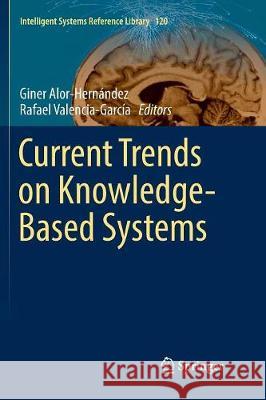Current Trends on Knowledge-Based Systems » książka
topmenu
Current Trends on Knowledge-Based Systems
ISBN-13: 9783319847757 / Angielski / Miękka / 2018 / 290 str.
Kategorie:
Kategorie BISAC:
Wydawca:
Springer
Seria wydawnicza:
Język:
Angielski
ISBN-13:
9783319847757
Rok wydania:
2018
Wydanie:
Softcover Repri
Ilość stron:
290
Waga:
0.44 kg
Wymiary:
23.39 x 15.6 x 1.68
Oprawa:
Miękka
Wolumenów:
01
Dodatkowe informacje:
Wydanie ilustrowane











